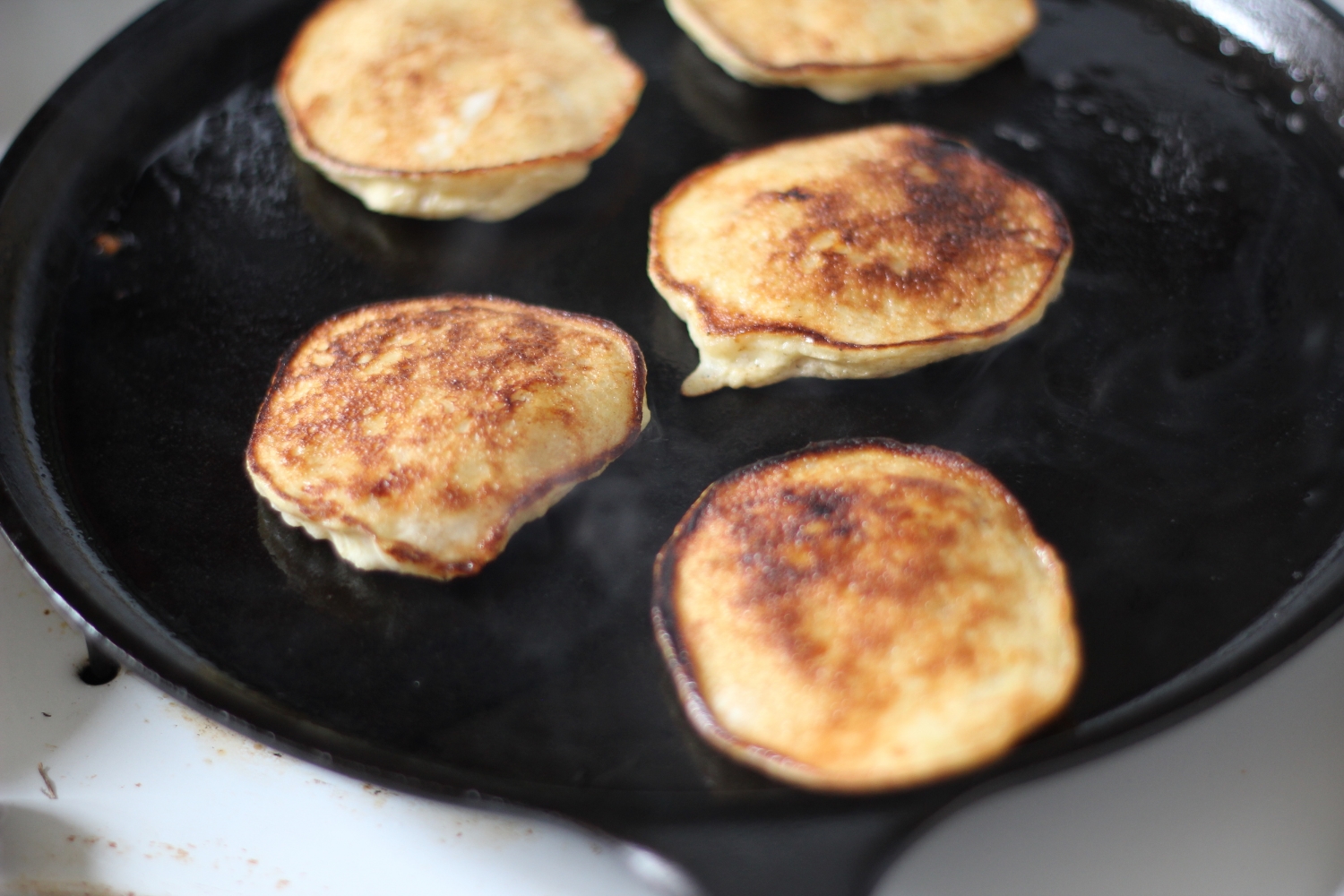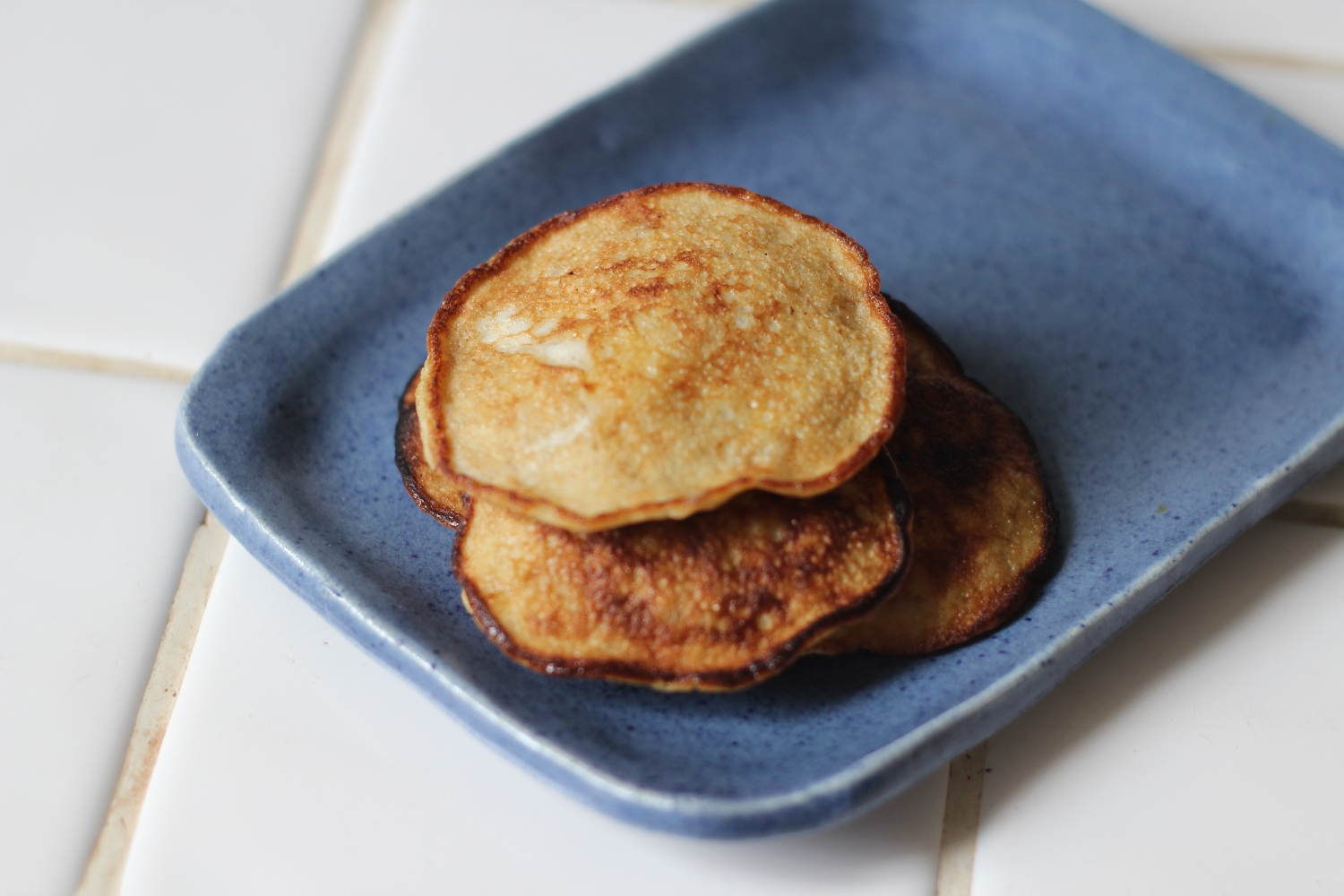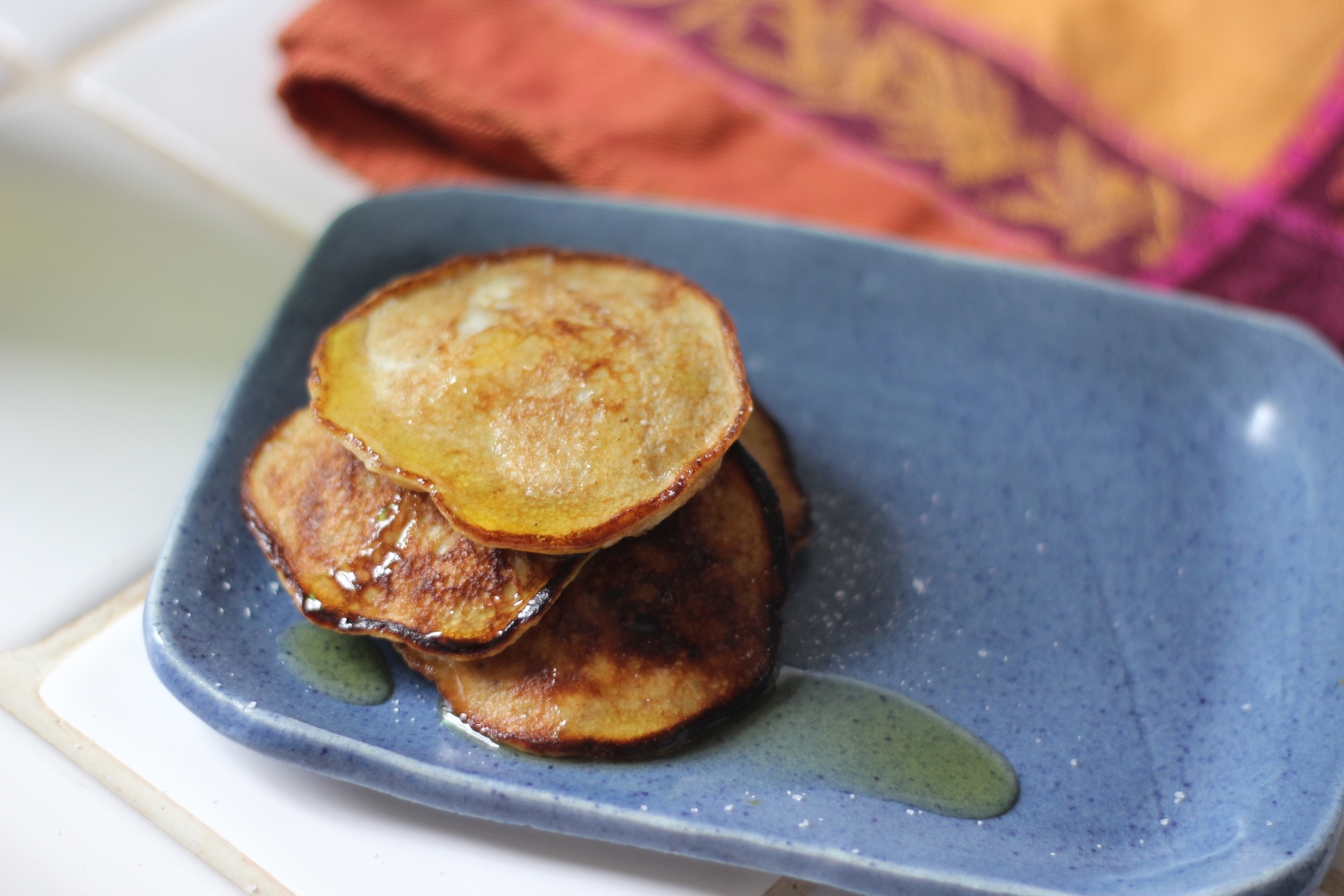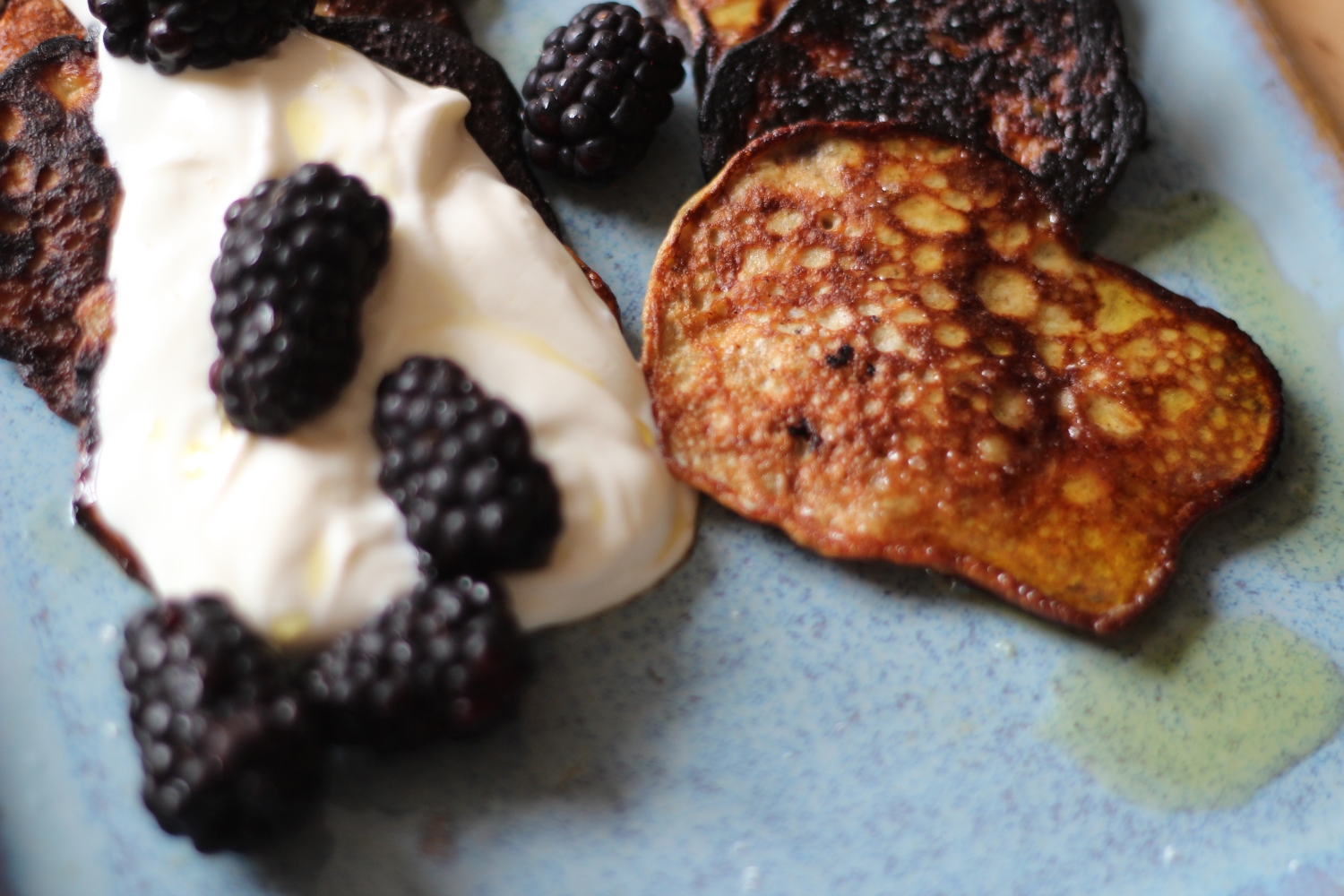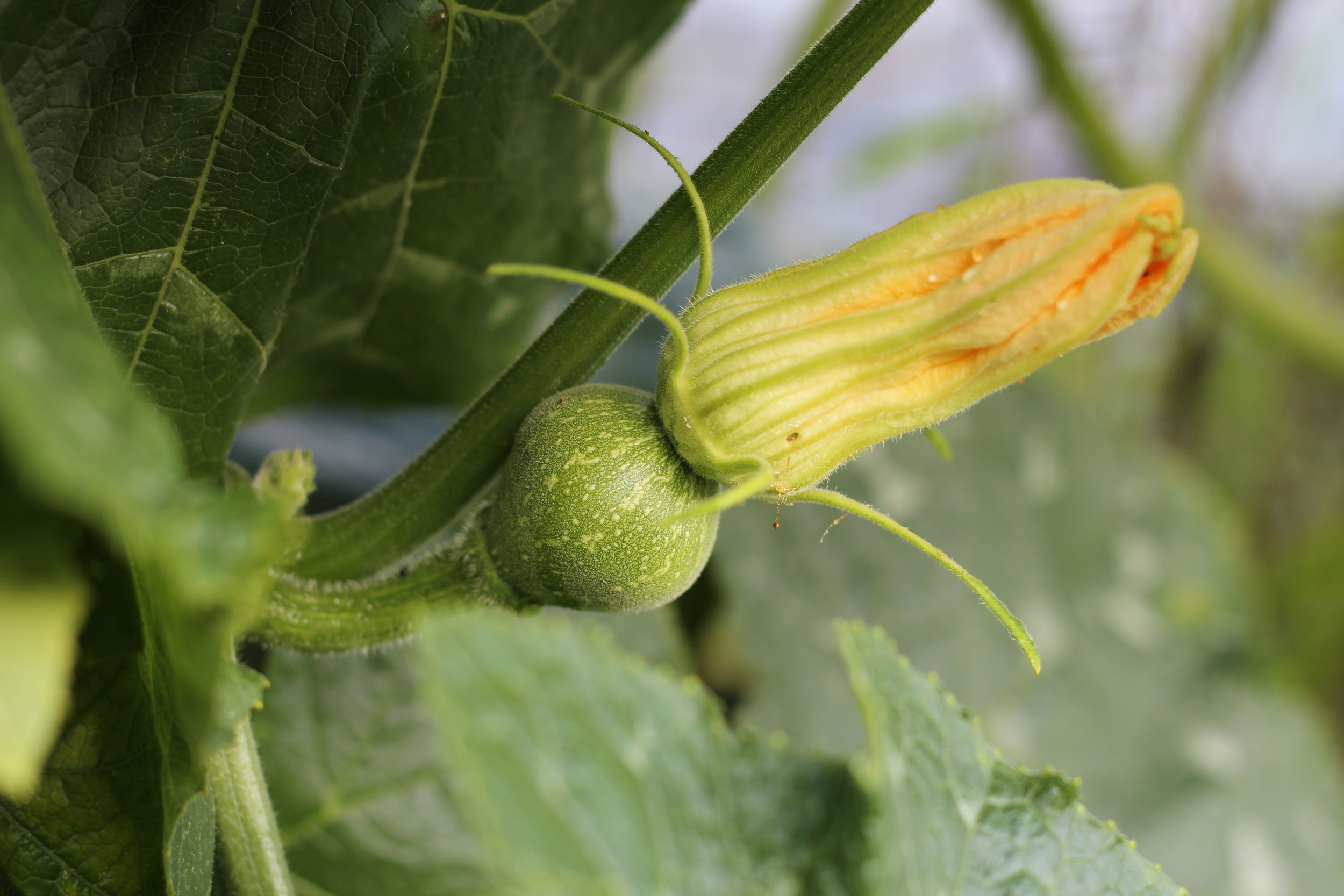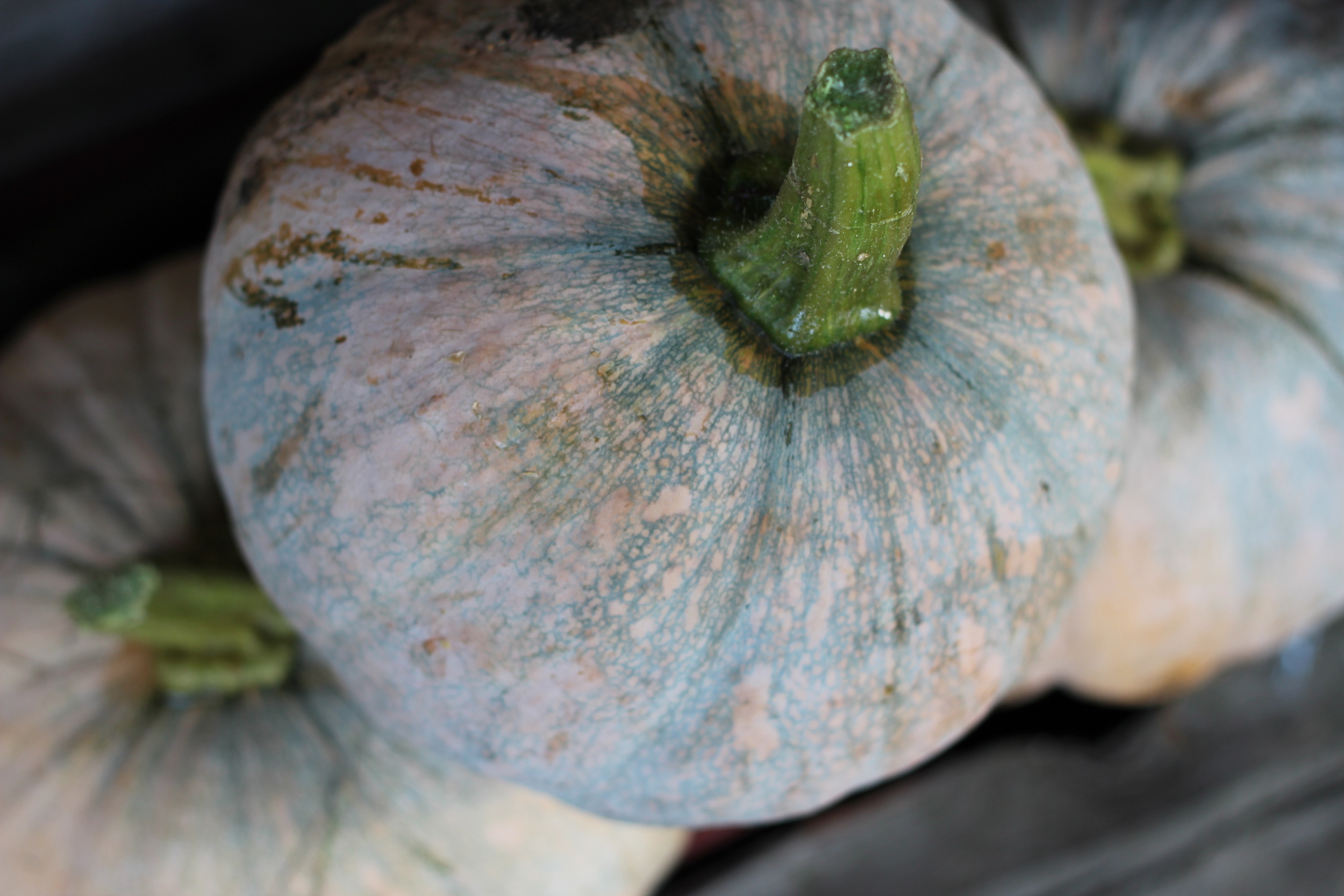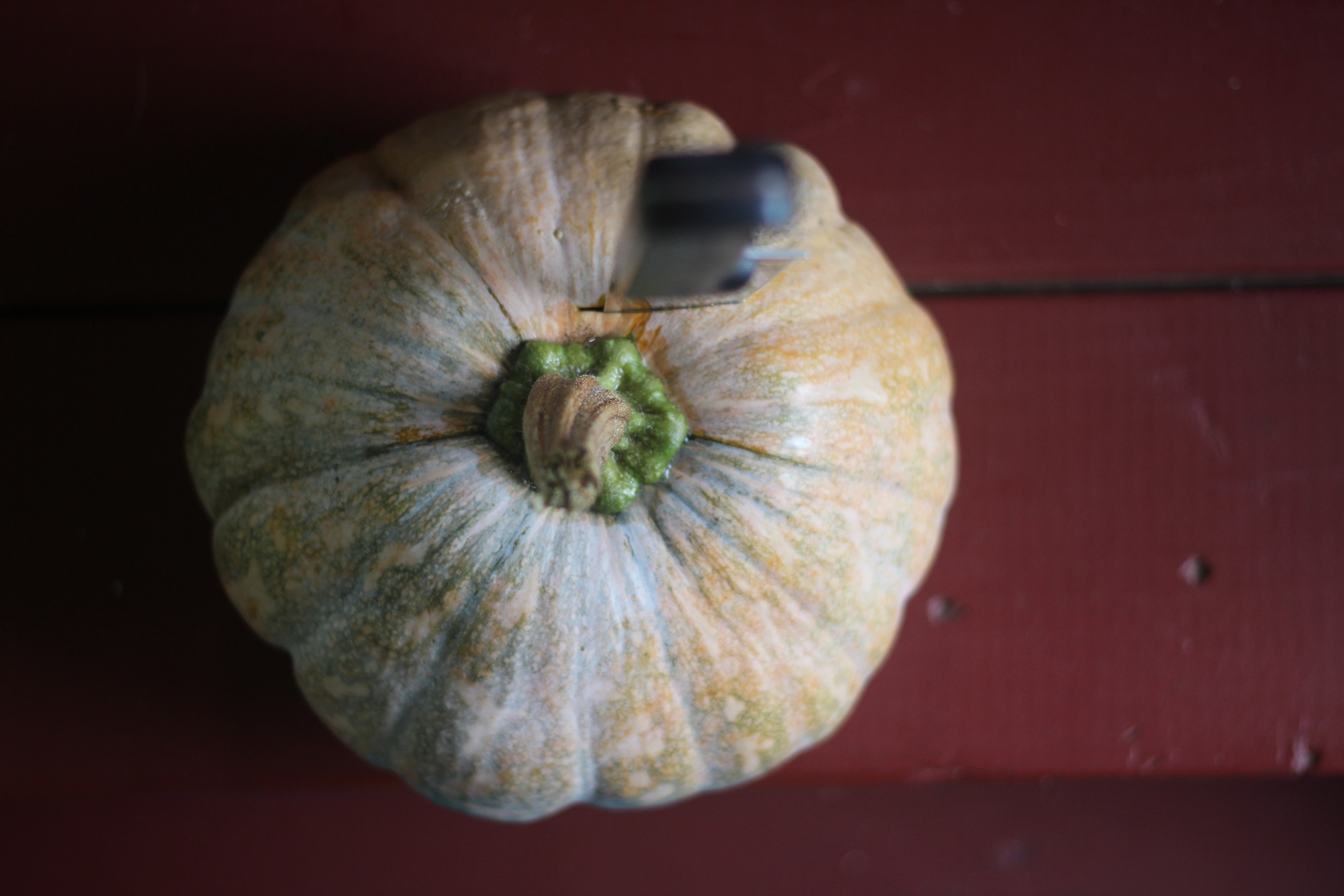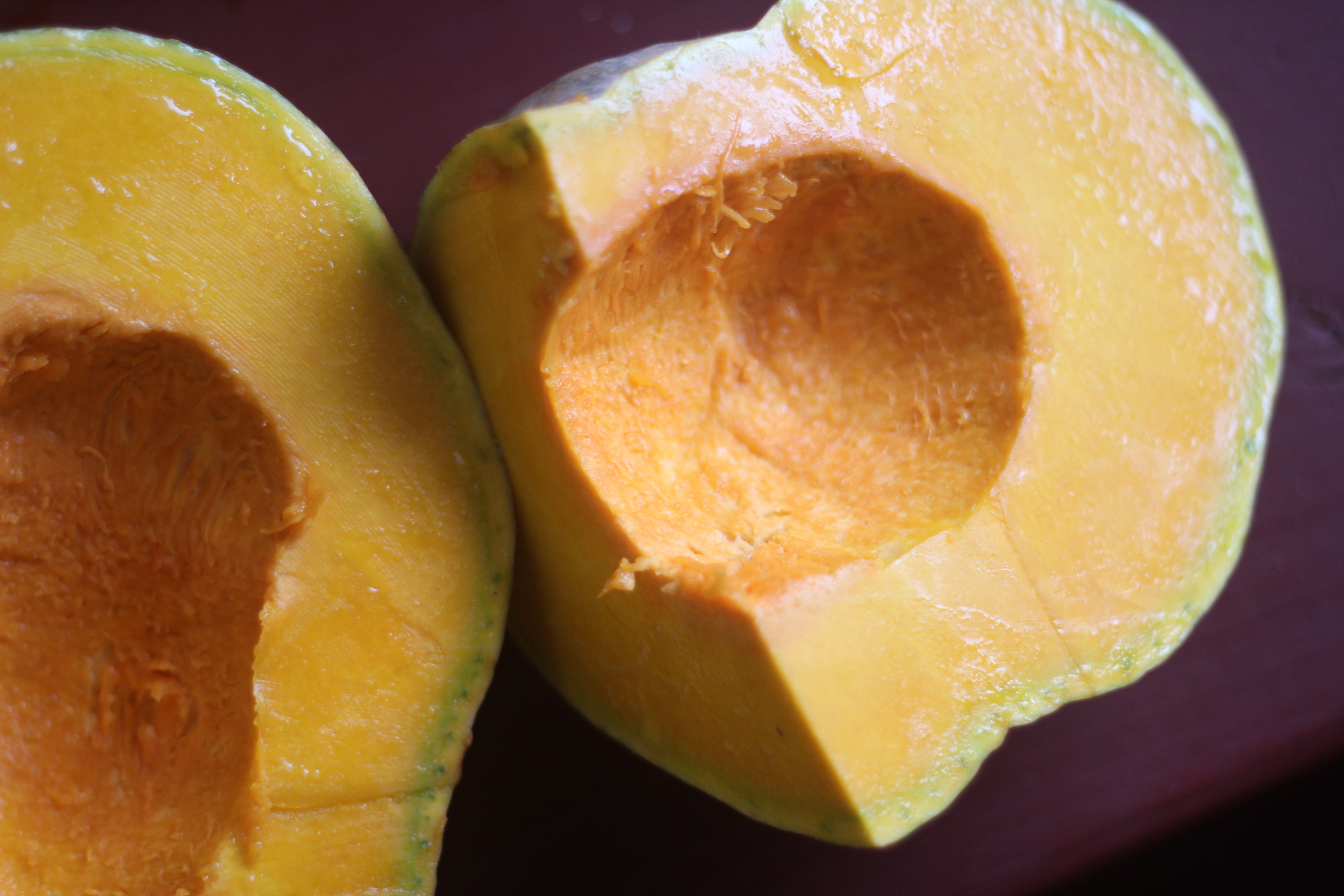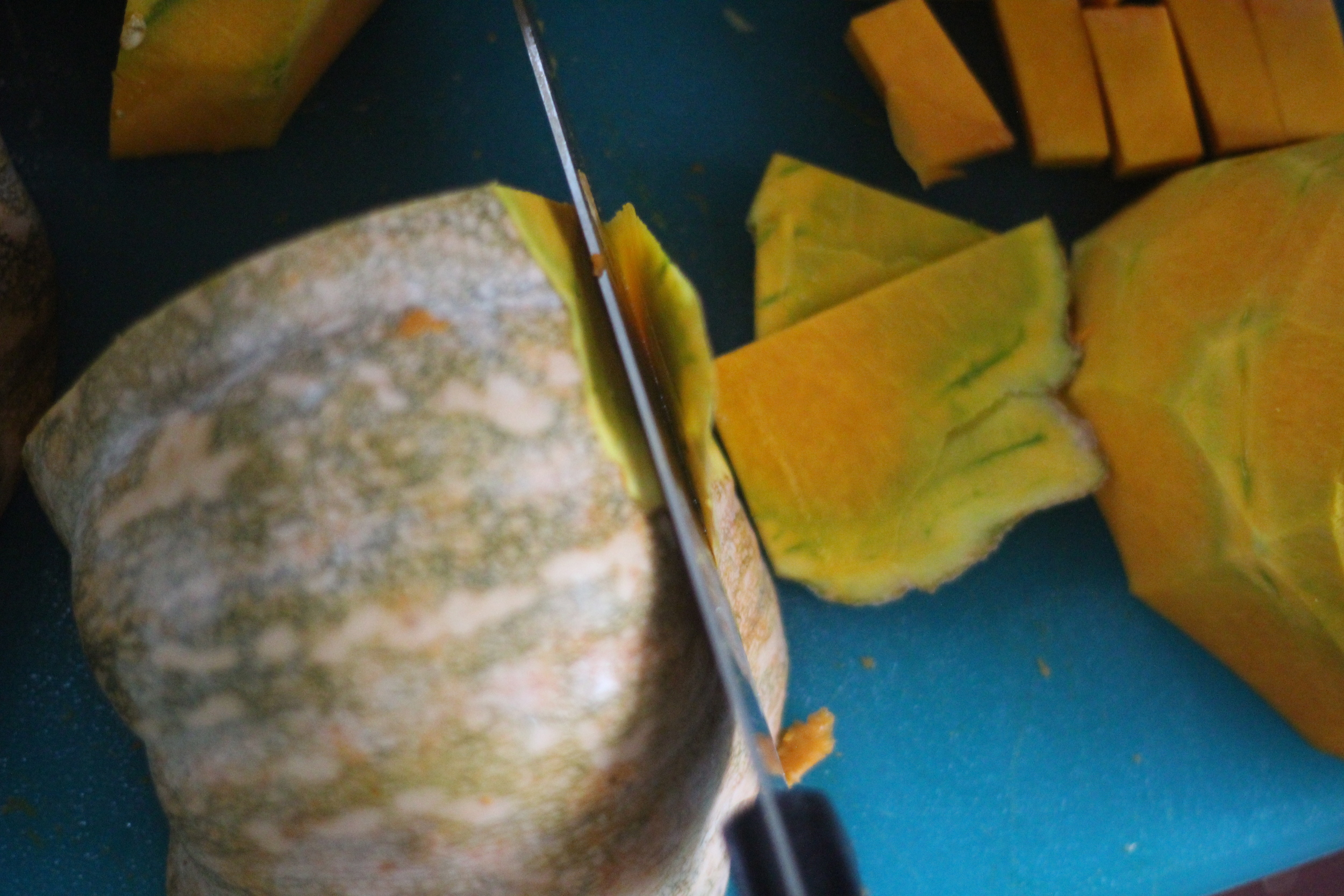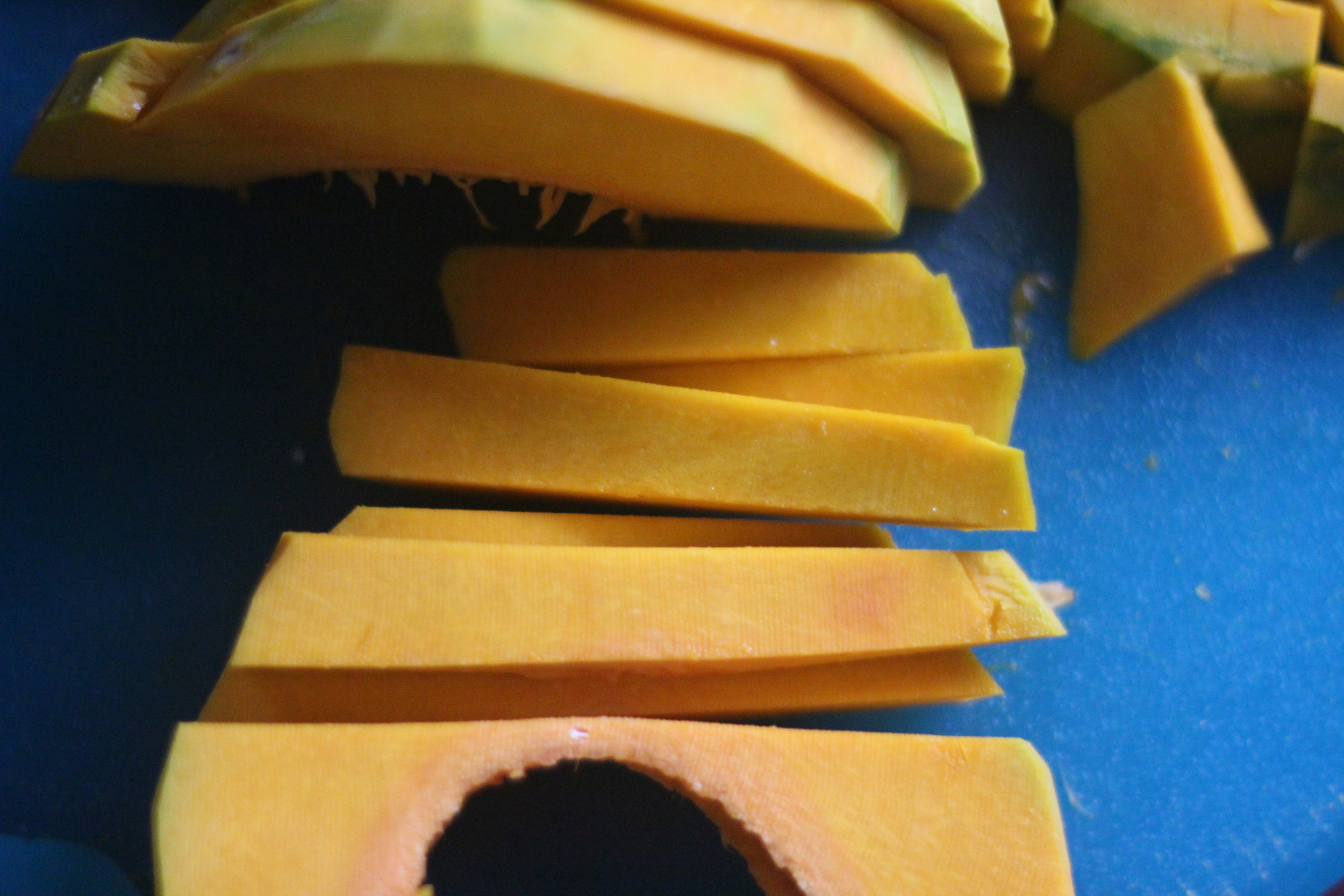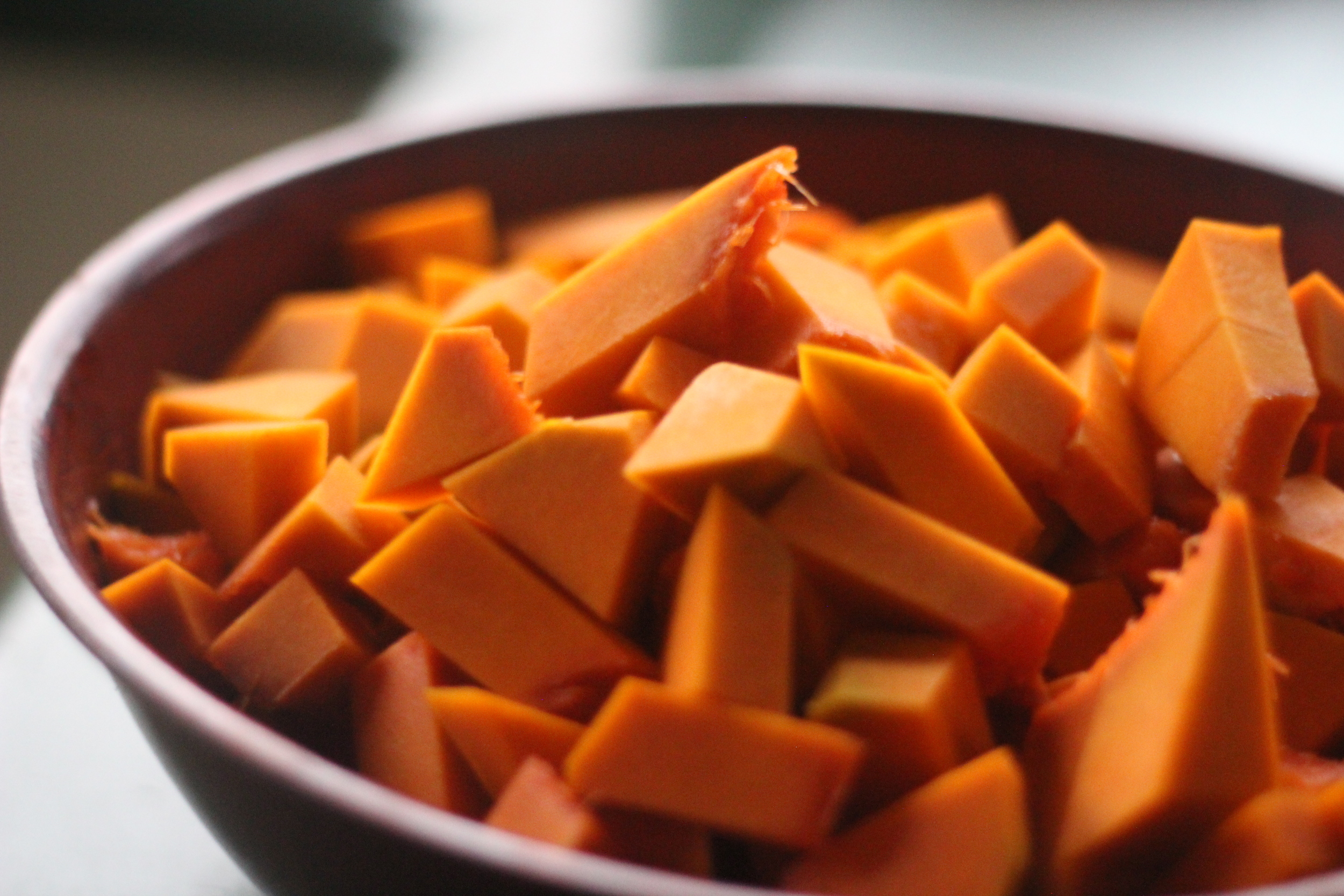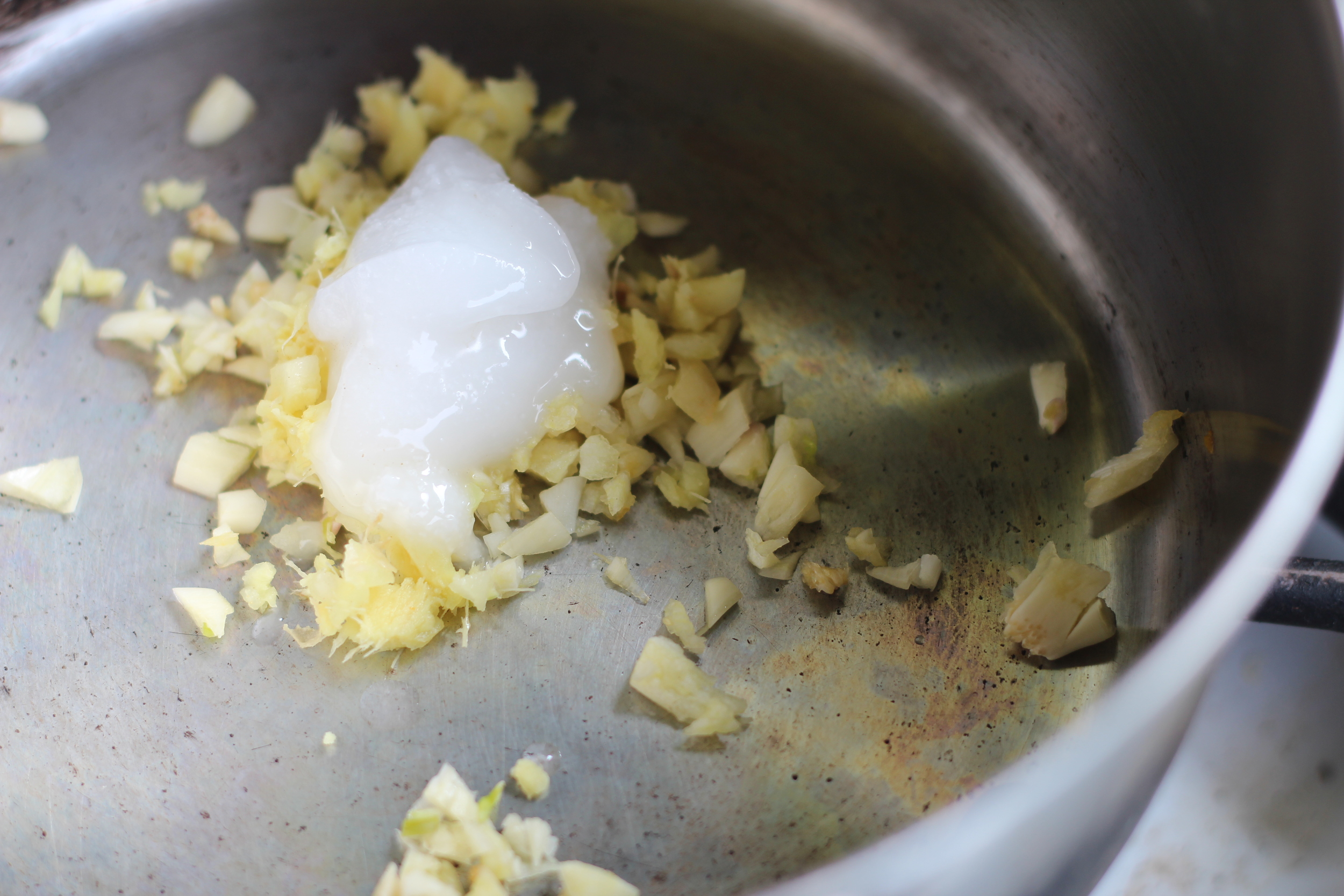The original version of this was posted back in 2016. I updated the recipe below to be more accurate to the way I currently make it!
Original head note from Jan 25, 2016:
I know, I know - I've been MIA from the blog for quite some time. I'm back on the mainland and have been traveling around over the last month seeing family and friends, but now I'm finally back in San Francisco and not going anywhere for a while! I've been cooking up a storm for friends over the last few weeks, so it's about time I got to posting some recipes! (I definitely have some Hawaii-wrap-up blogging to do. I figure I'll sprinkle it in over the next few months as I get back to posting regularly, so stay tuned!)
I don't remember how I came up with this dish but I can tell you that it's my go-to "impress people" meal for the winter time. It's pretty easy to make, incredibly adaptable, and wonderfully satisfying! I've made it for many different groups of friends and everyone raves. Can't wait to hear what you think!
showstopper stuffed squash
Cooking time: about 1 hour, 30 mins
Serves 6 (or make this much and have lots of leftovers!)
Ingredients:
3 whole acorn squashes (one squash serves two people)
2 cups plain yogurt (greek or whole milk yogurt recommended - you could also use a non-dairy yogurt like coconut or almond yogurt, just make sure it’s plain and not sweetened)
~28oz bulk/raw sausage or ground meat of your choice* (I used to like the mild Italian Chicken sausage from Whole Foods, but it seems to be discontinued. This bulk pork sausage or something like it would work well.)
1 lemon
a few cloves of garlic
1 onion (or more/less - whatever you like/want to use up)
large handful or two of roughly chopped kale, chard, spinach, or any other hearty green
small handful of fresh parsley, cilantro, basil, or scallions - whichever you prefer or have on hand
any additional vegetables of your choosing that you might want to use up - bell peppers, leeks, carrots, celery, etc - roughly diced
a few glugs of cooking oil, I prefer grapeseed or olive oil
salt and pepper
Tools and stuff:
- baking sheet(s) for roasting, preferably with a rim
- large sauté pan (wide and shallow pan) with lid that fits
- large chef's knife and cutting board
- microplane or other zester
- spoon, fork, and small bowl
- grapefruit spoon, if you have it, for scooping out squash (nice to have, not required!)
Ingredient + Make Ahead Notes:
*Instead of bulk sausage, you could also use any ground meat of your choosing. If you do plain ground meat, I'd recommend adding dried herbs and/or spices to your sauté for additional flavor.
VEGETARIANS: You can also easily substitute tofu or extra veg (like broccoli, cauliflower, peppers, etc) for meat here. If using tofu I'd recommend throwing in a bit of soy sauce, fish sauce, rice wine vinegar, or any other flavorings you like!
To bulk up your veg or meat mixture, consider adding a cooked grain like quinoa, rice, or farro.
If cooking for a crowd, you could do both a veg and non-veg option, simply scale back the sausage to one or two packs and add one or two packs of tofu, prep all ingredients, and when it comes time to cook the sausage mixture, use two smaller sauté pans and follow the recipe as-is, just do one pan of sausage and one for tofu.
Squash can be roasted ahead. Yogurt sauce can be made ahead - it will last about a week in the fridge. If you end up with extra sautéed veg/sausage, it will be great as leftovers, but I recommend making it right before serving as sautéed food is best when freshly sautéed :).
Instructions:
1. OPTIONAL STEP for THE NIGHT BEFORE you want to eat this: removing squash seeds to dry out and make TOASTED SQUASH SEEDS to sprinkle on top of the dish. Wipe/clean the outsides of your squashes. Cut them in half, sticking your knife in at the top, going through or right next to the stem. Using your fingers, pick out the seeds from each squash and place directly on a baking sheet, trying to get as few stringy-parts as you can (a few are ok). Once you've pulled out all the seeds, spread them evenly on the sheet and place in oven (turned off) overnight or for several hours to allow them to dry out. If you are doing this the night before, at this point I recommend scooping out the stringy insides of the squash with a spoon or grapefruit spoon if you have it. Discard stringy flesh (OR save to make veggie/chicken stock later in the week). You can then put the squash halves back together, using a rubber band to keep them in place, and put in the fridge until the next day.
place seeds directly on roasting pans. a few strings are inevitable and A-OK! The secret to crispy seeds is letting them dry out before toasting them.
When you check the seeds (the next morning or after a few hours), they should be noticeably dry and slightly stuck to the sheet, but will come off easily when scraped with a spatula or your fingers. Loosen them up and spread evenly again, if you like - add a tiny bit of oil/toss, and then roast at 350 degrees for about 10-20 minutes until golden. Be careful - these are VERY easy to burn. I recommend continuously setting a timer for 5-min intervals and checking that often. Seeds are done when they are crispy to the bite. When finished, toss with salt/pepper/spices of your choice.
2. If you skipped step one, wipe/clean the outsides of your squashes. Cut them in half, sticking your knife in at the top, going through or right next to the stem. Scoop out the stringy insides of the squash with a spoon or grapefruit spoon if you have it. If you did not do step one, you can save the insides to pick out the seeds later, or just discard/compost.
3. Place squash halves on a roasting pan with the skin side touching the pan. Sprinkle each one with a little oil, using your fingers to spread the oil around each half, then sprinkle each with salt and pepper. Roast for about 35-50 minutes at 400 degrees, until they are golden and a fork goes in easily. When done, turn the oven off but keep squash inside to stay warm.
4. While squash are roasting, place about 2 cups of yogurt into a pretty serving bowl. Wash, dry, and finely chop your handful of herbs (or scallions), then stir into the yogurt. Wash your lemon and zest it directly into the bowl. Cut lemon and squeeze half of it into the bowl, catching seeds with a small sieve. Stir and taste. Add more lemon juice if you like. Put yogurt sauce in the fridge until serving time.

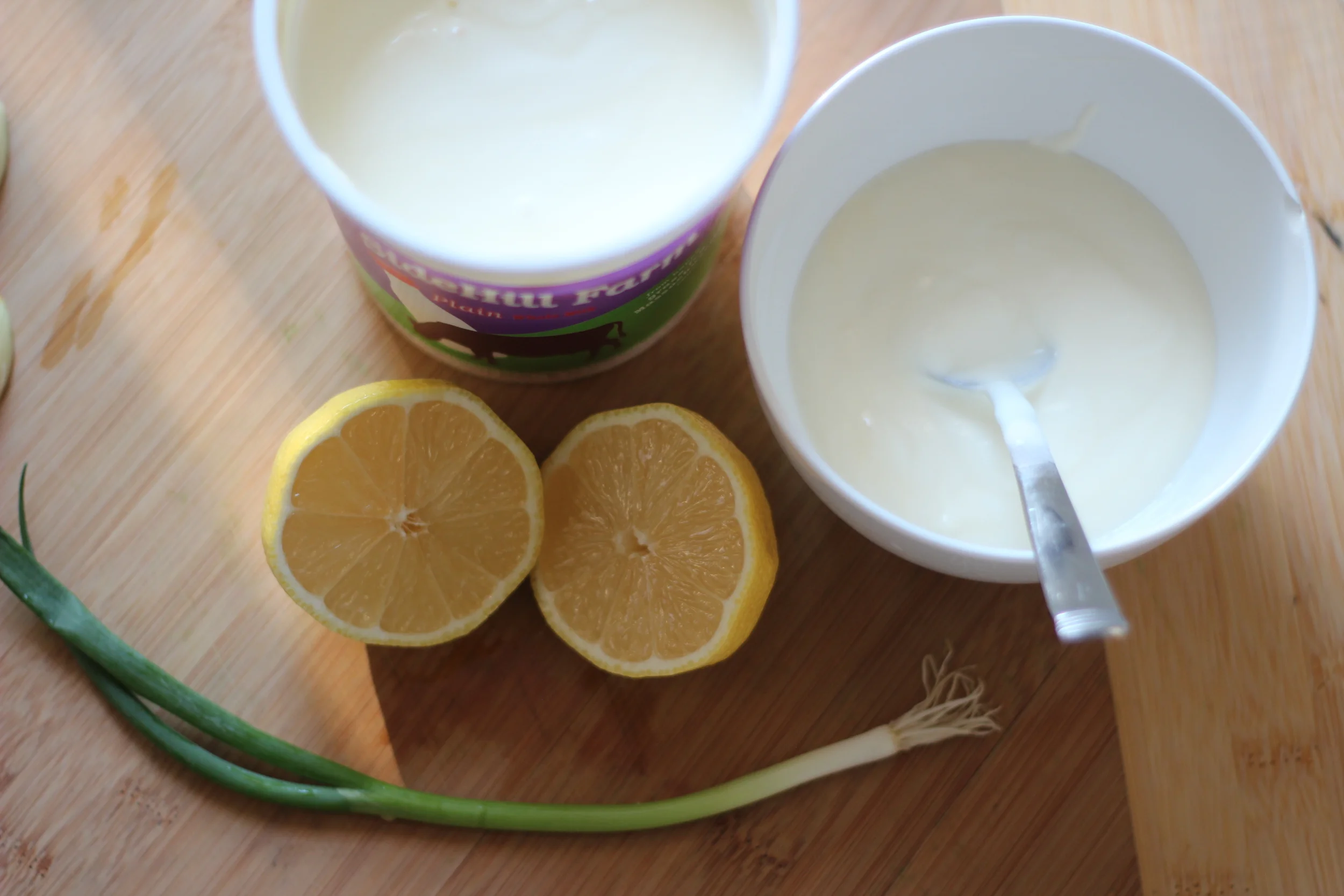


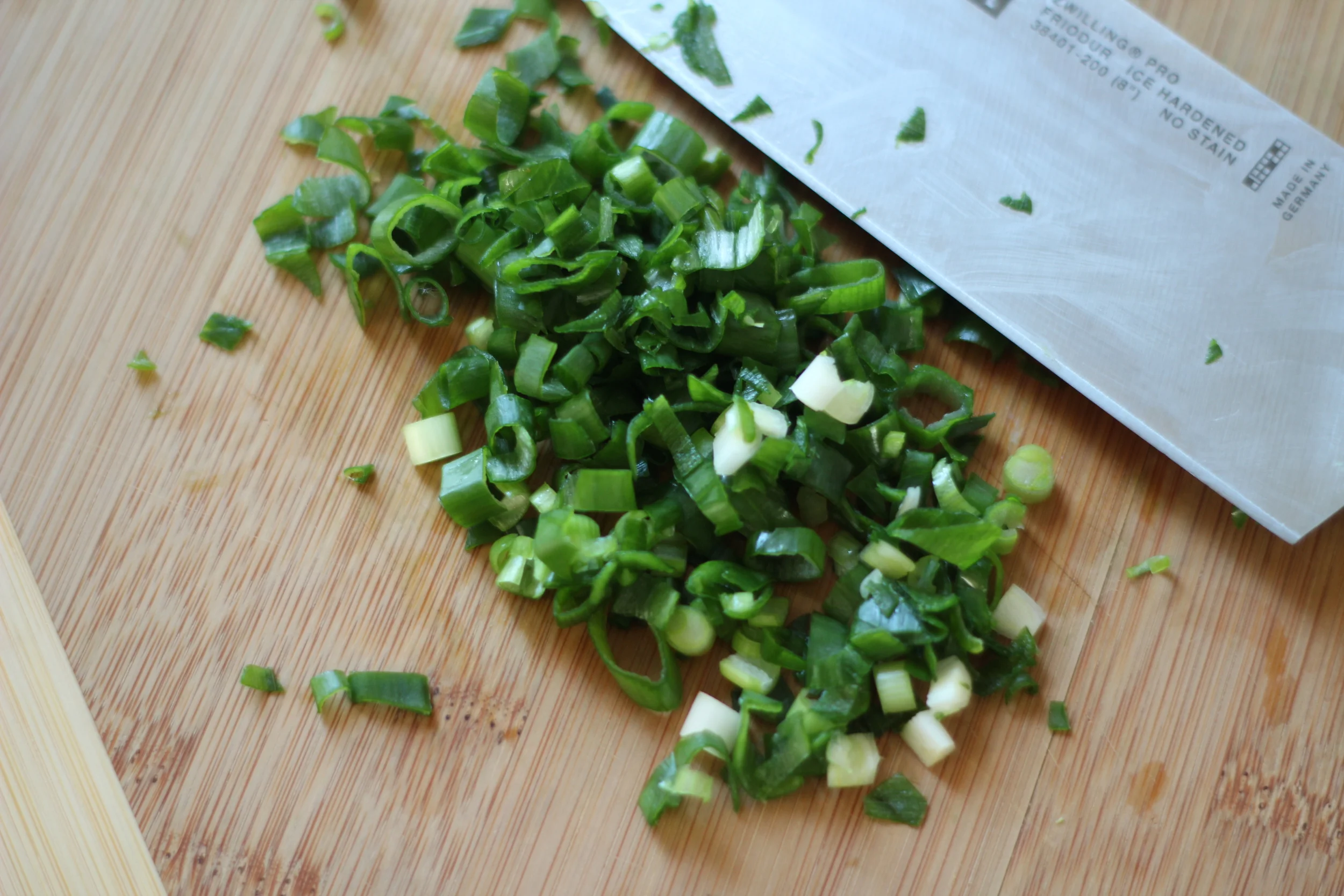
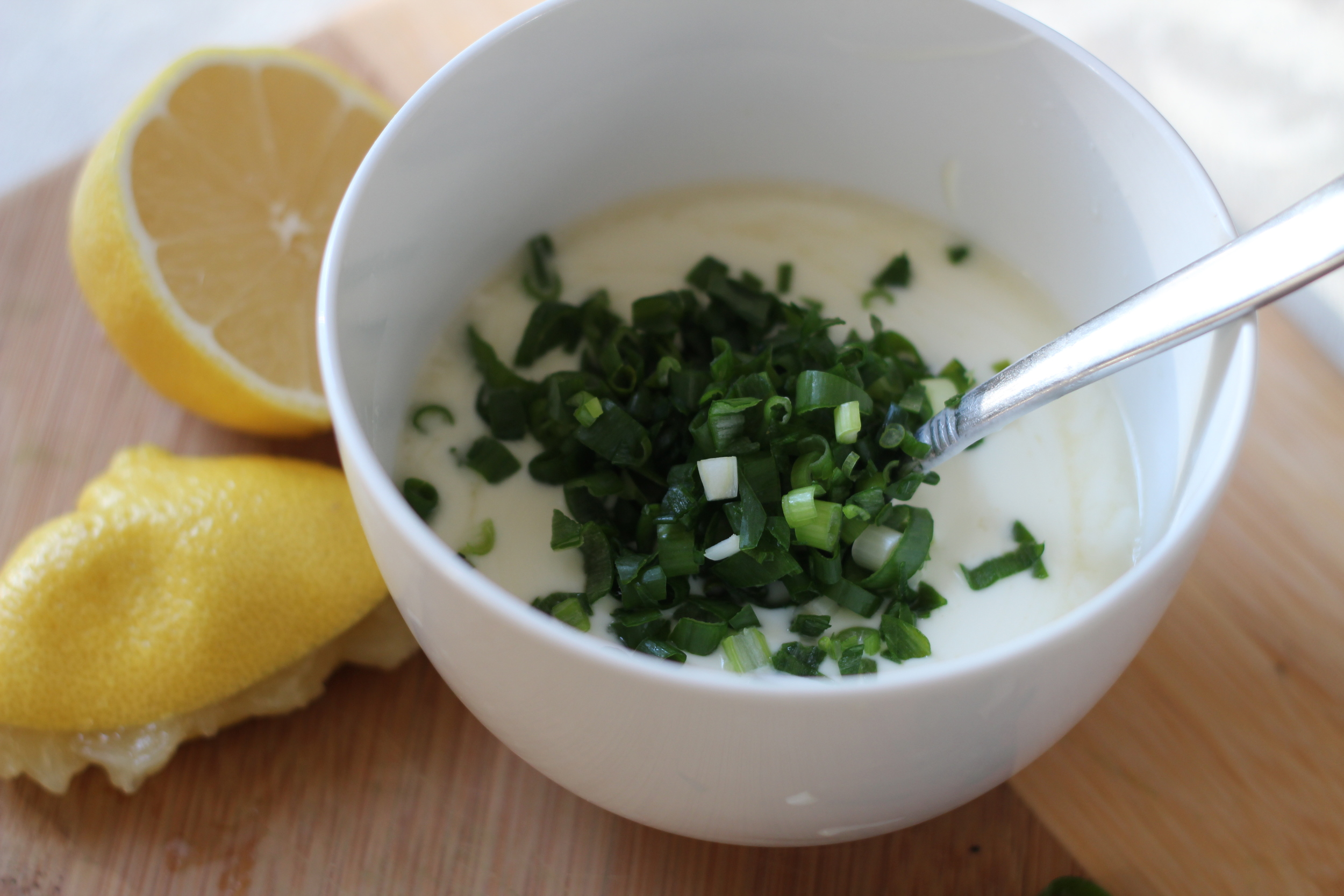
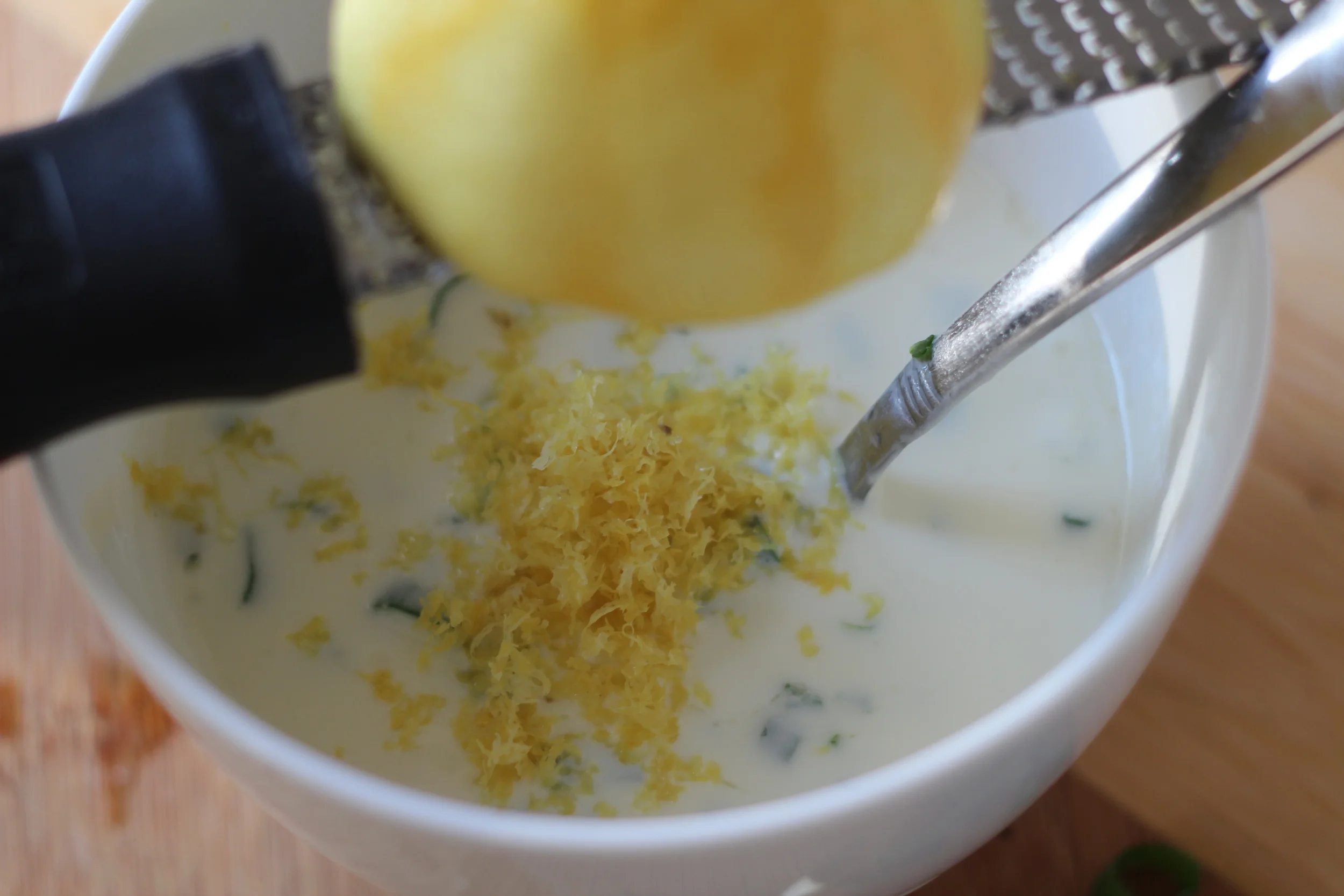

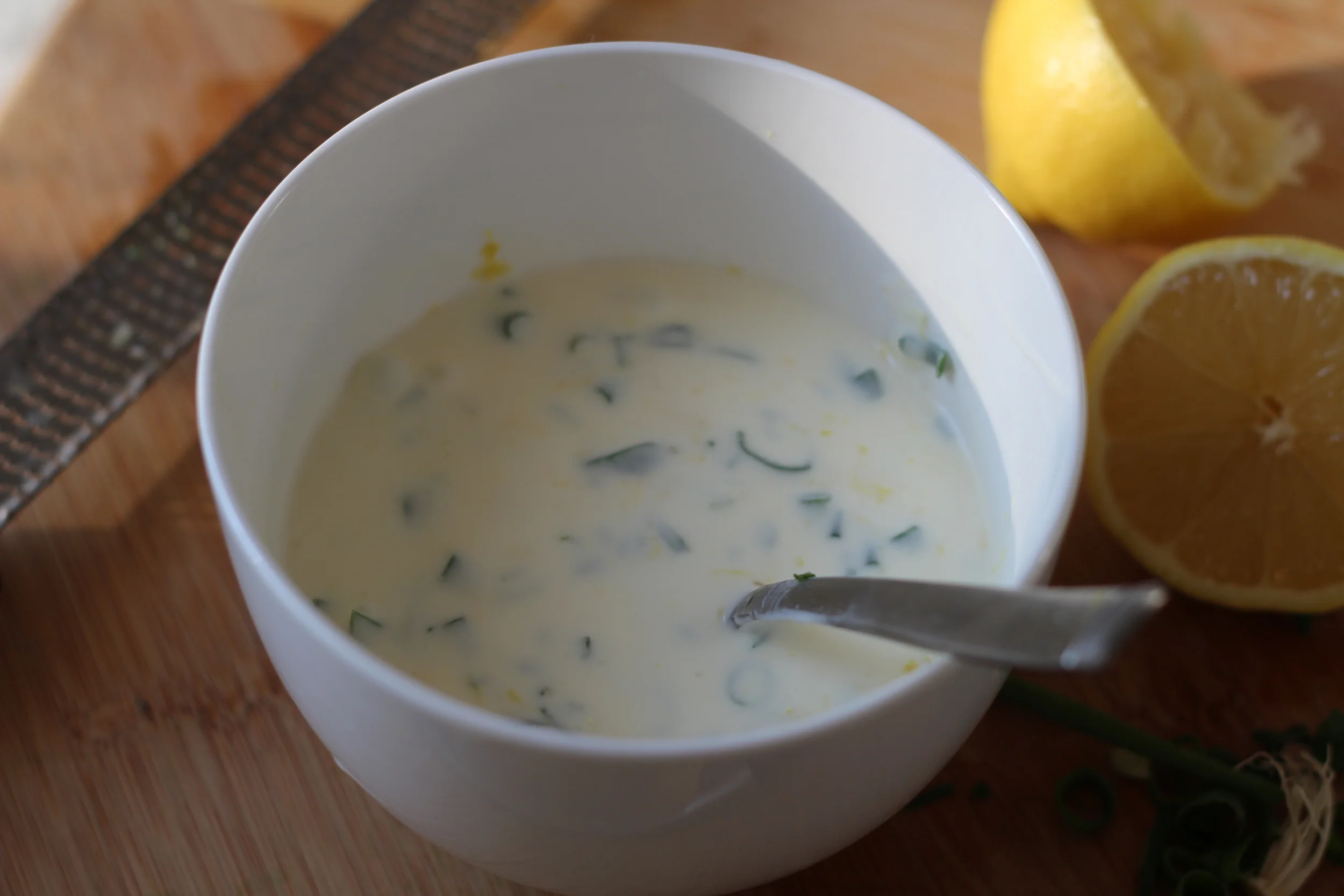
5. Wash and cut your kale or other greens into roughly bite-size pieces. If using greens with a thick stalk (like kale), I remove the stalks and chop them into small pieces to add to the stir-fry as well. Chop/dice your onion and any other veggies your adding. Crush garlic, peel it and then roughly mince.
6. Heat your sauté pan on medium heat. Add a good glug of oil and your garlic, onions, chopped kale stalks, and any other hearty veggies (save greens for the end). Sauté until fragrant and mostly softened. Turn heat down if it's going too fast. Cut open your sausage packages and add directly to the pan. Using a spatula or wooden spoon, break up the sausage into bite size pieces. Allow to brown and cook thoroughly, flipping and mixing after a few minutes on each side. When you're pretty sure the sausage is cooked, place all the kale on top. Add about a quarter cup of water, then cover with a lid to let the kale steam. After about a minute or two, remove the lid. Kale should be bright green. Mix in thoroughly and turn off the heat.
7. At this point your squash should be ready. Place squash halves on plates, one half per person. Carefully spoon sausage mixture into each squash to make a heaping portion. Top with a few spoons of yogurt sauce, and (optionally) some toasted squash seeds. (If you did not make the seeds, you could also top with a few nuts, breadcrumbs, or other crunchy topper of your choice. OR it's also perfectly delicious without a topper!) Serve with spoons and remind guests to scoop bites of squash along with bites of sausage mixture! Keep yogurt sauce on the table in case folks want extra.
Voila!!










